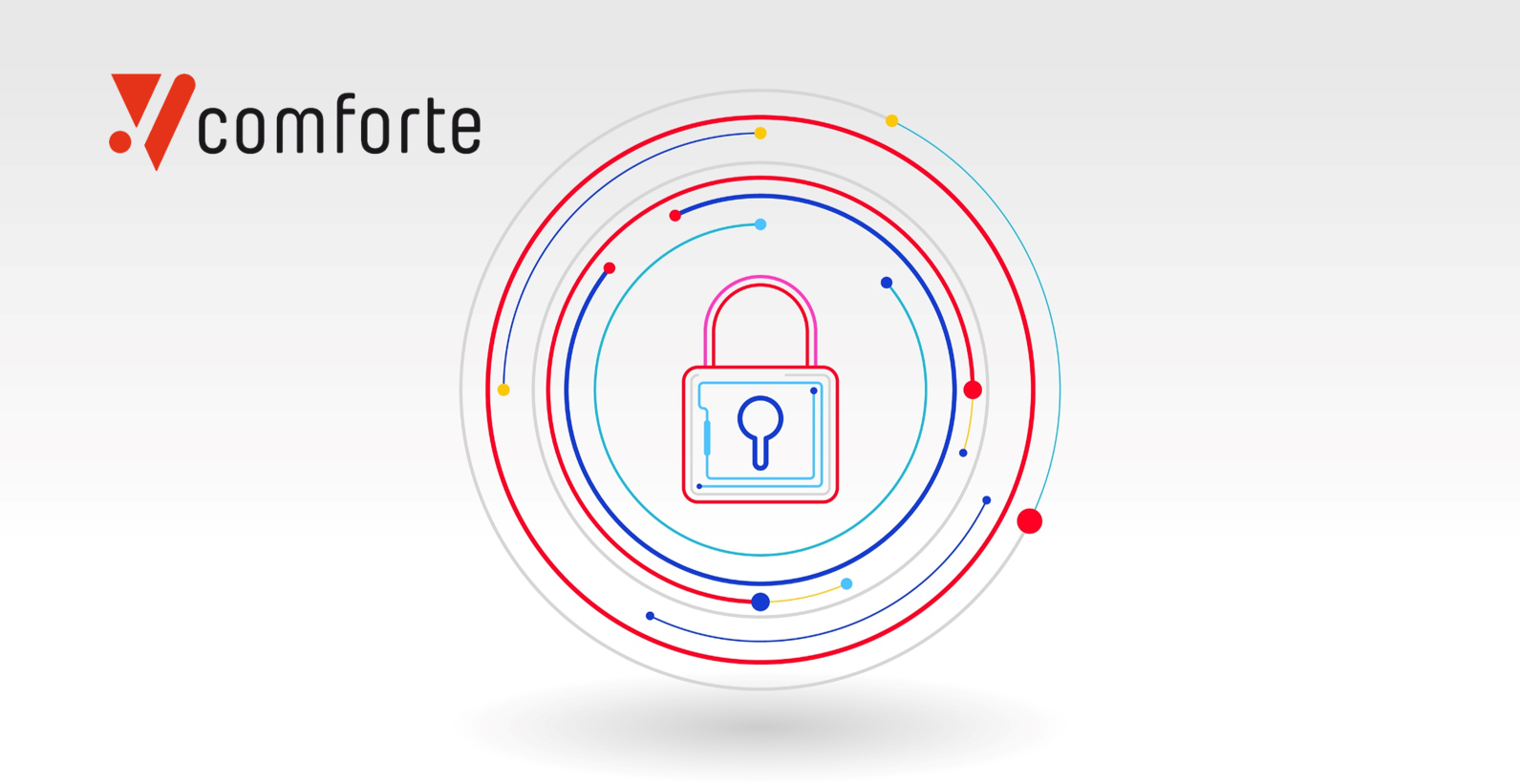In today's digitally driven world, data security and privacy are paramount concerns for organizations across all industries. With the increasing sophistication of cyber threats and the ever-evolving landscape of privacy regulations, safeguarding sensitive information has become more critical than ever, especially when it comes to core systems like IBM Mainframe.
Protecting Vital Data
When considering data security on IBM Mainframe, it's essential to identify the types of data that require protection. This includes personally identifiable information (PII), financial data, intellectual property, and any other sensitive information crucial to the organization's operations. Security risks can affect various aspects of this data, including confidentiality, integrity, and availability.
Navigating Regulatory Landscape
Privacy regulations such as GDPR, CCPA, and HIPAA impose strict requirements on how organizations handle and protect sensitive data. Failure to comply with these regulations can lead to severe consequences, including hefty fines and damage to the organization's reputation. Therefore, ensuring compliance with these regulations is imperative for businesses operating on IBM Mainframe systems.
Mainframe as a Core System
Mainframes serve as the backbone of many organizations, handling vast amounts of critical data and processing transactions at scale. As such, they are high-value targets for cyberattacks. Securing mainframe environments is not just about protecting data stored on the system but also ensuring the integrity and security of data as it flows across the organization's data ecosystem.
Data-Centric Security
To effectively address data security and privacy concerns on IBM Mainframe, organizations must adopt a data-centric security approach. Unlike traditional perimeter-based security measures, data-centric security focuses on protecting the data itself, regardless of its location or how it is accessed.
Principles of Data-Centric Security
The principles of data-centric security emphasize:
- protecting sensitive data as early as possible, and
- de-protecting it only if absolutely necessary.
This approach aims to minimize the exposure of sensitive information throughout its lifecycle. By implementing robust encryption, access controls, and data masking techniques from the moment data is created or captured, organizations can mitigate the risk of unauthorized access and data breaches.
De-protecting data should only occur when there is a legitimate need for access, such as during authorized transactions or analysis. This principle ensures that sensitive data remains safeguarded and minimizes the potential for security incidents or compliance violations.
Data-Centric Security vs. Pervasive Encryption
Pervasive encryption on IBM Mainframe offers comprehensive encryption capabilities to protect data both at rest and in transit. While pervasive encryption is a crucial component of data-centric security, it is not a standalone solution. Data-centric security encompasses a broader set of technologies and practices aimed at securing data throughout its lifecycle.
Implementing Data-Centric Security
Implementing data-centric security on IBM Mainframe requires a strategic approach tailored to the organization's specific needs and regulatory requirements. This involves:
- Assessing Data Risks: Conducting a thorough risk assessment to identify vulnerabilities and potential threats to sensitive data.
- Deploying Encryption: Implementing encryption technologies to protect data at rest and in transit, ensuring end-to-end encryption across the data ecosystem.
- Establishing Access Controls: Enforcing strict access controls based on the principle of least privilege to minimize the risk of unauthorized access.
- Continuous Monitoring and Compliance: Implementing robust monitoring tools to detect and respond to security incidents promptly. Additionally, maintaining compliance with relevant regulations through regular audits and assessments.
Benefits of tokenization
One effective strategy for enhancing data security and privacy on IBM Mainframe is tokenization.
Tokenization replaces sensitive data with unique tokens that have no inherent value and are meaningless to unauthorized users. By adopting tokenization, organizations can significantly reduce the risk of data breaches and unauthorized access, as sensitive information is never stored or transmitted in its original form.
This approach not only enhances data security but also simplifies compliance with privacy regulations by minimizing the scope of sensitive data within the organization's systems.
Additionally, tokenization can streamline payment processing and data handling operations, as it reduces the complexity associated with securely storing and transmitting sensitive information, ultimately enhancing efficiency and reducing operational costs.
Overall, tokenization is a valuable tool in the data security arsenal of organizations relying on IBM Mainframe, offering enhanced protection, compliance benefits, and operational efficiencies.
Conclusion
Safeguarding data security and privacy on IBM Mainframe requires a holistic and data-centric approach that goes beyond traditional perimeter-based security measures. By prioritizing data protection, implementing robust security controls, and ensuring compliance with privacy regulations, organizations can mitigate risks and build trust with their customers and stakeholders in an increasingly interconnected world.






